Frederica Freyberg:
Bomb cyclone, polar vortex. It is freaking freezing outside. Tonight we take a closer look at the science behind this deep freeze. UW-Madison Professor of Atmospheric and Oceanic Sciences Jonathan Martin is here. Thanks very much for being here.
Jonathan Martin:
It's my pleasure.
Frederica Freyberg:
So exactly what is a bomb cyclone?
Jonathan Martin:
It is sort of a nerdy word that was coined maybe 40 or so years ago. Maybe even older than that by somebody. It got to be in general parlance around 1980 to explain or describe cyclones, mid-latitude storms that develop really rapidly. The way we measure their development is their minimum sea level pressure. So a bomb storm is one where the sea level pressure drops through the floor at a really rapid rate, 24 or so millibars in one day. And that represents about 2% of the total column atmospheric mass in one day disappears from that storm.
Frederica Freyberg:
How unusual is it?
Jonathan Martin:
We probably get about two dozen of those kinds of intensively — rapidly intensifying storms around the whole northern hemisphere each winter. So they’re not that unusual.
Frederica Freyberg:
And that’s what’s happening on the east coast?
Jonathan Martin:
That's exactly what happened on the east coast. This one was rather extreme in terms of how fast it developed. It might be — instead of one in two dozen, it may be one in five type of storm per winter. So it’s really an exceptional event.
Frederica Freyberg:
And that is expected to be followed by a polar vortex?
Jonathan Martin:
By very, very cold air. Polar vortex is a word that a few years ago got into the popular lexicon as a result of a cold winter. It’s a meteorological term that describes the tendency for circulation around the pole at very high altitudes, 10, 20 miles above the ground. So polar vortex now seems to mean cold air. On the west side of such an intense cyclone, where the circulation is counter-clockwise, you can’t help but drag colder air from higher latitudes down southward.
Frederica Freyberg:
That's what we’re in right now?
Jonathan Martin:
That’s exactly what we’re in.
Frederica Freyberg:
And the trajectory of that? Are we supposed to be in it for a while?
Jonathan Martin:
Few more days, I think. The extreme, waking up every morning to below zero temperatures, a few more days of that. And then we’ll get back a little bit to normal. There’s no way to tell whether we’ll see it again this winter, but we may.
Frederica Freyberg:
Why is it happening?
Jonathan Martin:
That is a great question. It’s the kind of question that gets answered in research that one does after the event occurs. So I’m currently beginning to think about answers to that question. One of the ingredients to get us really cold is a high amplitude flow. Very strong, north-south meanders of the atmospheric flow at all levels, including the jet stream. That’s at about six miles above the ground. That occurs every once in a while during the cold season, but it isn’t something that you can see coming 20 days in advance. We did know this cold snap was coming around Christmastime or even before that. So 10 days or so in advance, the forecasts were really good for prolonged cold snap in the eastern part of North America. But longer than that is a difficult task.
Frederica Freyberg:
Does this have anything to do with climate change?
Jonathan Martin:
My view on that is I'm rather skeptical that individual cold snaps like this one are directly related to the broad background warming that’s going on around the planet. And this is a difficult subject to sort of broach in some ways. There’s no doubt that such a thing is occurring. The planet is warming up at a very slow but steady rate and there are many ways to see that. Whether or not it’s cold in your backyard is not really discernably attributable to that change on a case-by-case basis. I think that’s safe to say for this one.
Frederica Freyberg:
What’s hard to understand is that as the globe heats up, we experience these kind of things like polar vortexes.
Jonathan Martin:
Right. Right. One of the interesting theories out there right now, we’re debating it, the community of scientists I'm involved in is debating this rather hotily. There are sometimes some pretty strong opinions out there on some of these issues. But one thing that may occur when the planet warms up, we know for sure the ice at high latitudes gets weaker and thinner. That might add some extra warming to the lower part of the atmosphere in late fall, early winter that wasn’t there 50 or 100 years ago. That might have a tendency to increase the frequency of some of these high amplitude flows, these strong north-south variations. If that’s the case, because it still gets cold at the North Pole. The sun is down for six months at the North Pole. You’re not going to change that. You’re still going to produce cold air up there. If you can tap it with one of these excursions pole-ward of the jet stream and drag it southward, as is happening right now, with greater frequency, then one might actually, somewhat paradoxically, in a warmer planet, if the amplitude of the jet stream is intensified because of that, I don’t think the evidence is in on that question but if that’s true, then we might have a higher frequency of some of these cold snaps. But there’s no way to tell where they’re going to hit. Right now it’s unusually warm in Russia. Moscow’s enjoying a really warm December and January. Of course it’s frigid over our part of the world.
Frederica Freyberg:
Jonathan Martin, thanks very much for your explanation.
Jonathan Martin:
You bet. Thank you.
Search Episodes
News Stories from PBS Wisconsin

Donate to sign up. Activate and sign in to Passport. It's that easy to help PBS Wisconsin serve your community through media that educates, inspires, and entertains.
Make your membership gift today
Only for new users: Activate Passport using your code or email address
Already a member?
Look up my account
Need some help? Go to FAQ or visit PBS Passport Help
Need help accessing PBS Wisconsin anywhere?

Online Access | Platform & Device Access | Cable or Satellite Access | Over-The-Air Access
Visit Access Guide
Need help accessing PBS Wisconsin anywhere?

Visit Our
Live TV Access Guide
Online AccessPlatform & Device Access
Cable or Satellite Access
Over-The-Air Access
Visit Access Guide
 Passport
Passport


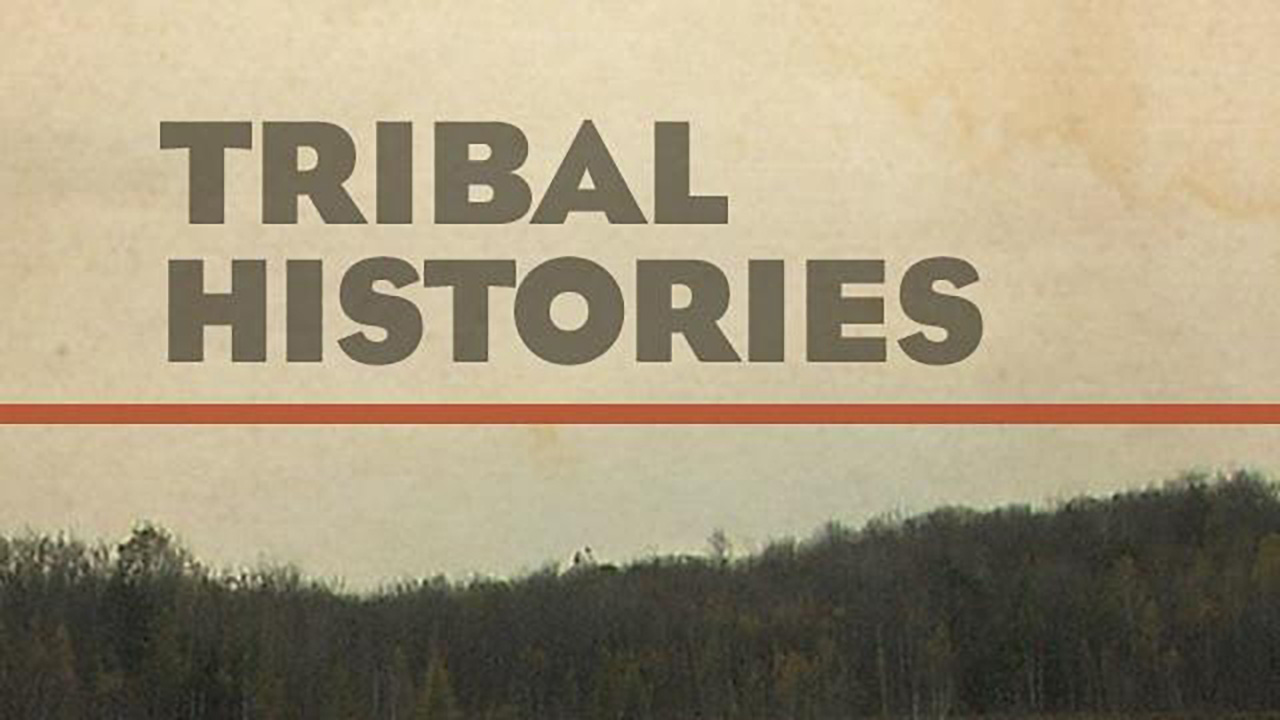






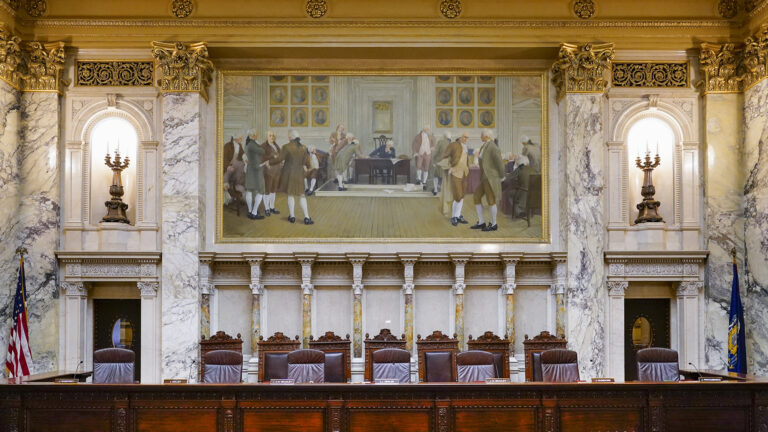
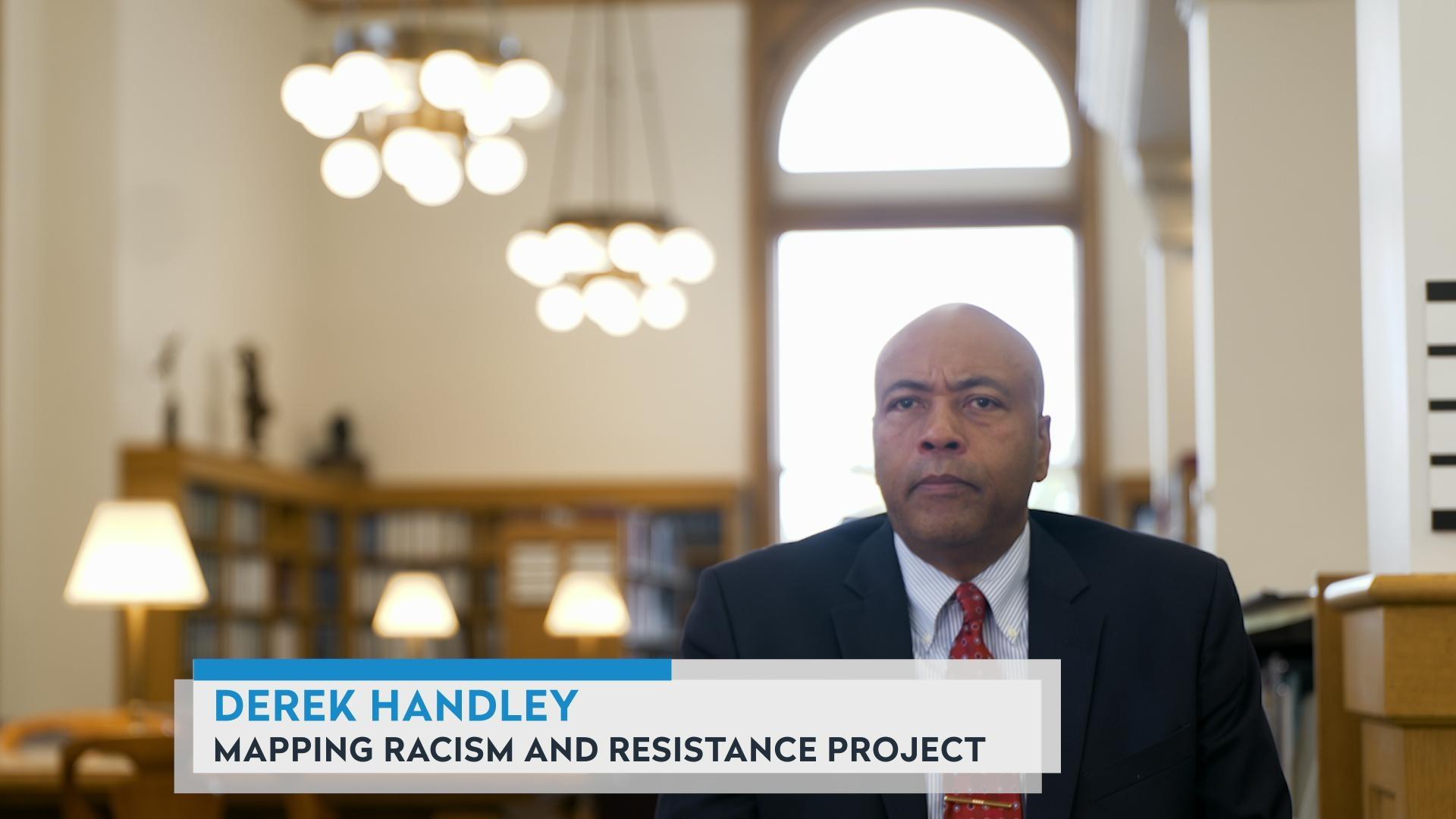
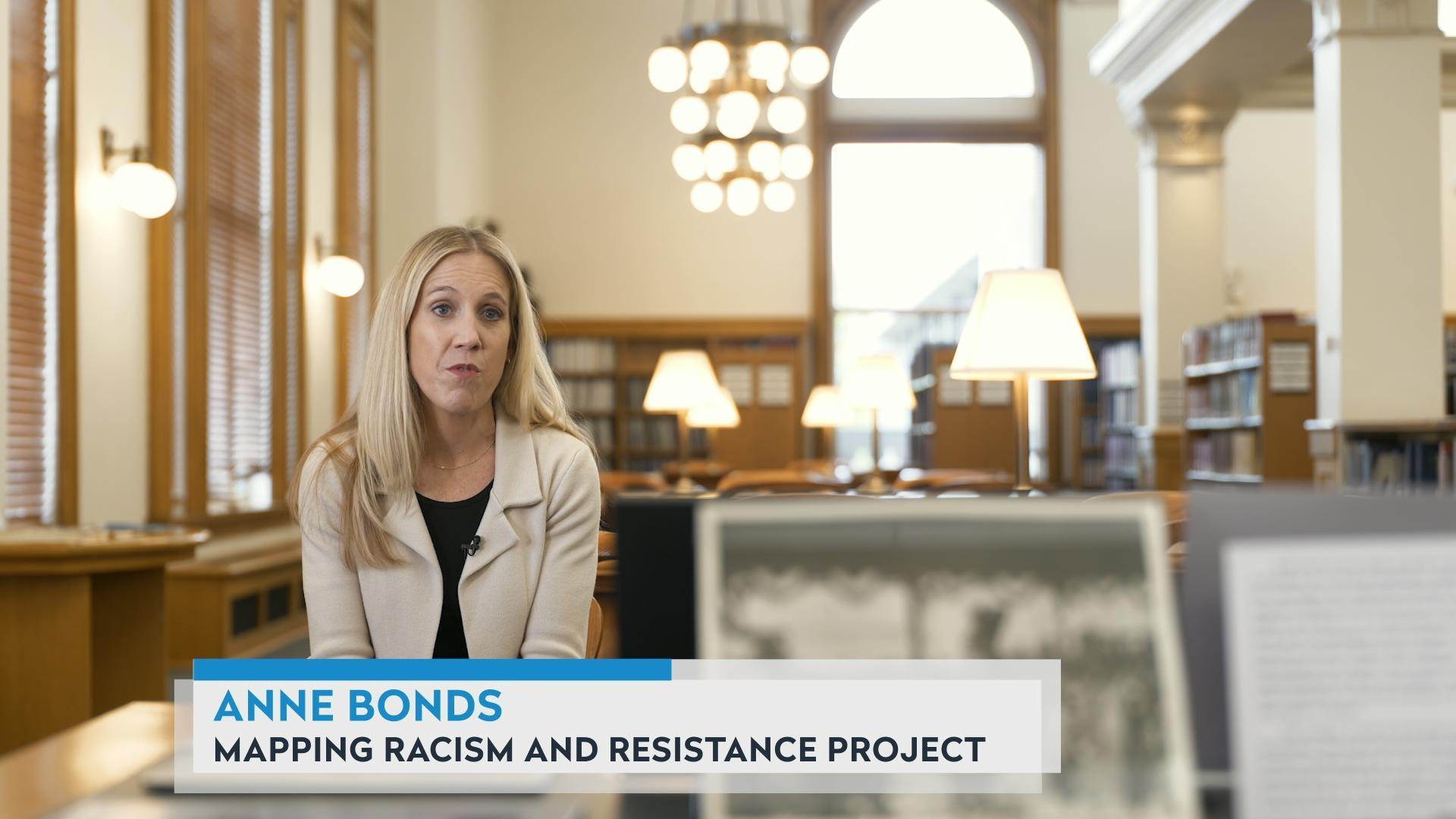

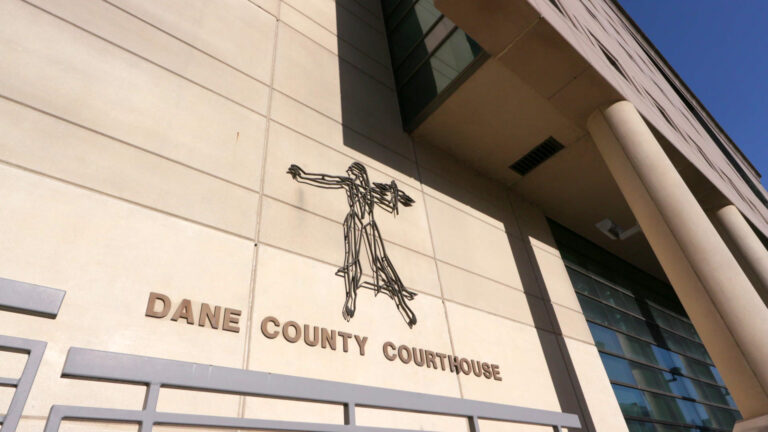

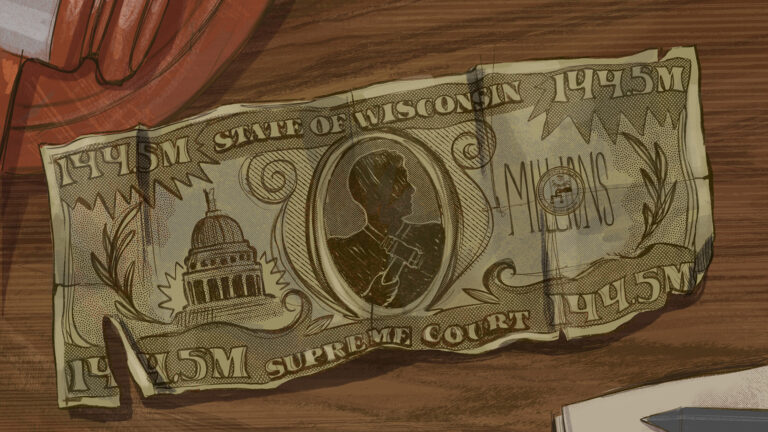


Follow Us